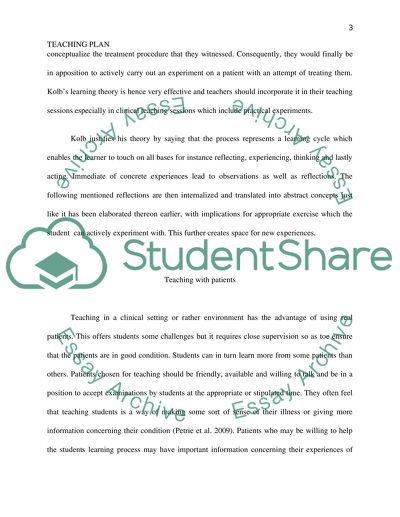Cite this document
(“Management of Acute Post Operative Pain in a Clinical setting, by Assignment”, n.d.)
Management of Acute Post Operative Pain in a Clinical setting, by Assignment. Retrieved from https://studentshare.org/education/1473570-management-of-acute-post-operative-pain-in-a
Management of Acute Post Operative Pain in a Clinical setting, by Assignment. Retrieved from https://studentshare.org/education/1473570-management-of-acute-post-operative-pain-in-a
(Management of Acute Post Operative Pain in a Clinical Setting, by Assignment)
Management of Acute Post Operative Pain in a Clinical Setting, by Assignment. https://studentshare.org/education/1473570-management-of-acute-post-operative-pain-in-a.
Management of Acute Post Operative Pain in a Clinical Setting, by Assignment. https://studentshare.org/education/1473570-management-of-acute-post-operative-pain-in-a.
“Management of Acute Post Operative Pain in a Clinical Setting, by Assignment”, n.d. https://studentshare.org/education/1473570-management-of-acute-post-operative-pain-in-a.


